High Quality SAMe S-Adenosyl-L-Methionine / 29908-03-0
Min.Order / FOB Price:Get Latest Price
| 1 Metric Ton |
FOB Price: USD 1.0000 |
- Min.Order :1 Metric Ton
- Purity: 99%min
- Payment Terms : L/C,D/A,D/P,T/T,Other
Keywords
High Quality SAMe S-Adenosyl-L-Methionine / 29908-03-0 SAMe S-Adenosyl-L-Methionine CAS 29908-03-0
Quick Details
- Appearance:WhitePowder
- Application:pharmaceutical intermediates
- PackAge:25kg/ drum, or as your requirements
- ProductionCapacity:100|Metric Ton|Month
- Storage:regualr storage
- Transportation:By air、ship and courier
Superiority:
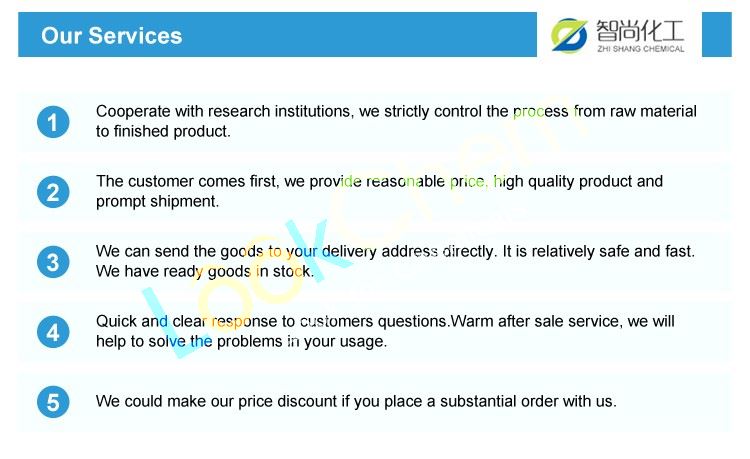
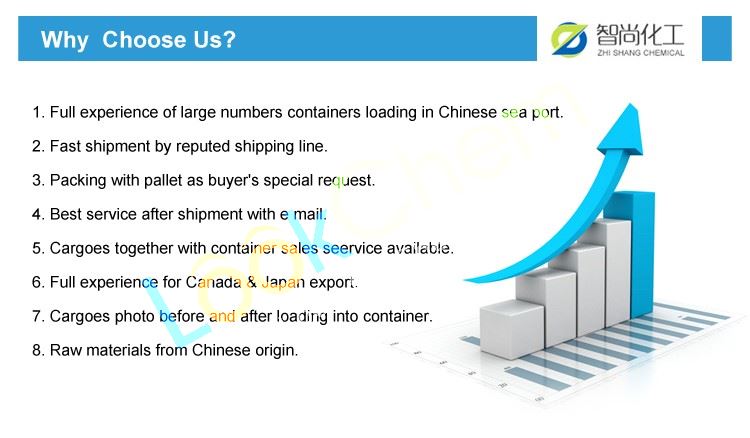
Details:
High quality S-Adenosyl-L-methionine, S-Adenosyl methionine, 29908-03-0, C15H24N6O5S GMP manufacturers
SAMe (S-Adenosyl-L-methionine)
CAS no. 29908-03-0
Purity: 98% 99%
COA of Specification
|
Total content |
≥98% |
|
Ademetionine |
50.0~53.0% |
|
Identification |
|
|
Chemical Reaction |
Positive |
|
IR |
Conforms |
|
Retention time of a major peak |
Meet the requirements |
|
Clarity of solution |
≤reference solution Y1 |
|
Acid value |
1.5~2.5 |
|
Sadenosyl-L-Homocystein (HPLC) |
≤0.5 |
|
Methithioadenosine(HPLC) |
≤1.0% |
|
Adenine(HPLC) |
≤0.5% |
|
S.S isomer(HPLC) |
≥62.0% |
|
Butanedisufoinc acid |
46.0~49.0% |
|
Endotoxin |
≤0.3EU/mg |
|
Water content |
≤3.0% |
|
Residue on ignition |
≤0.3% |
|
Heavy metals |
≤10ppm |
|
Appearance |
Almost white powder, very hygroscopic |
Function:
1 S-Adenosyl methionine (SAM, SAMe, SAM-e) is a coenzyme involved in methyl group transfers. It is made from adenosine triphosphate (ATP) and methionine by methionine adenosyltransferase (EC 2.5.1.6). Transmethylation, transsulfuration, and aminopropylation are the metabolic pathways that use SAM. Although these anabolic reactions occur throughout the body, most SAM is produced and consumed in the liver.
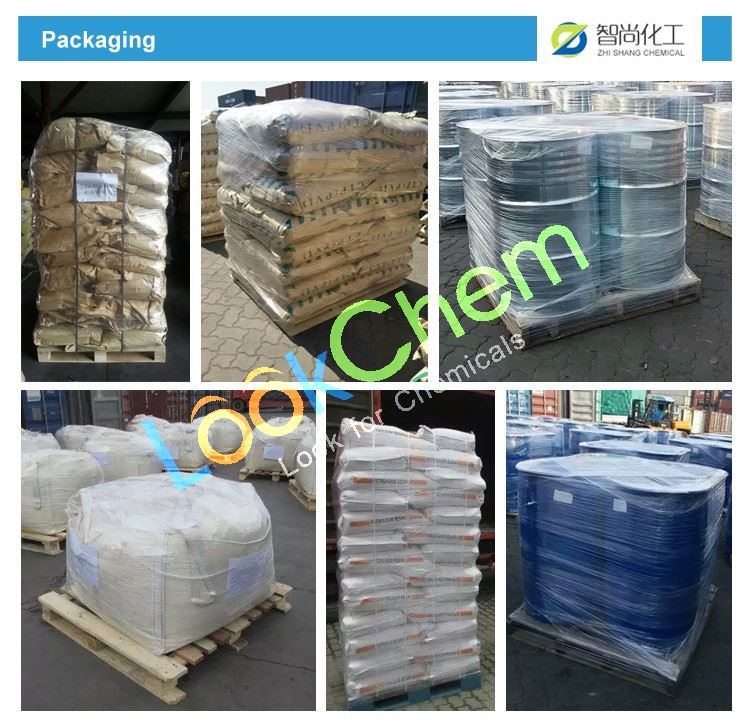

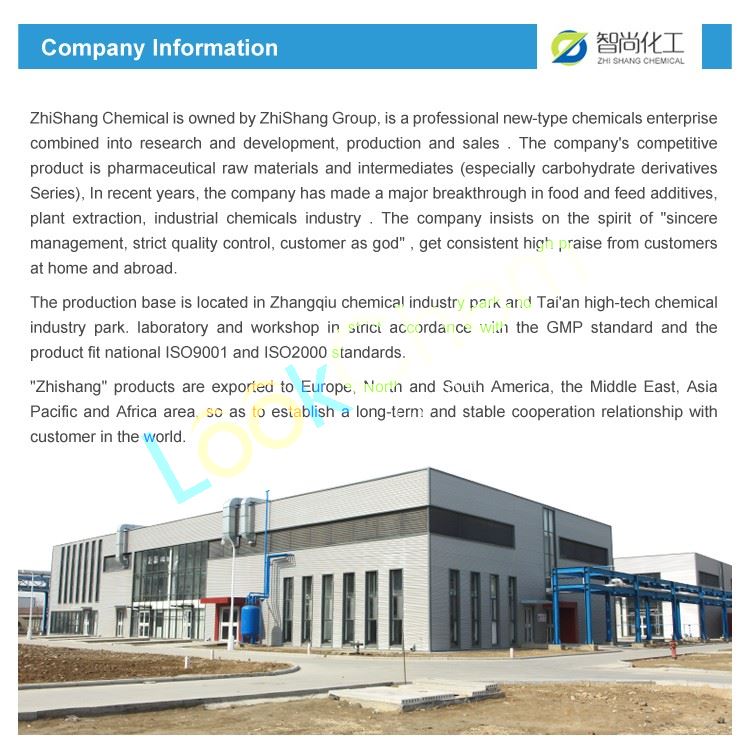
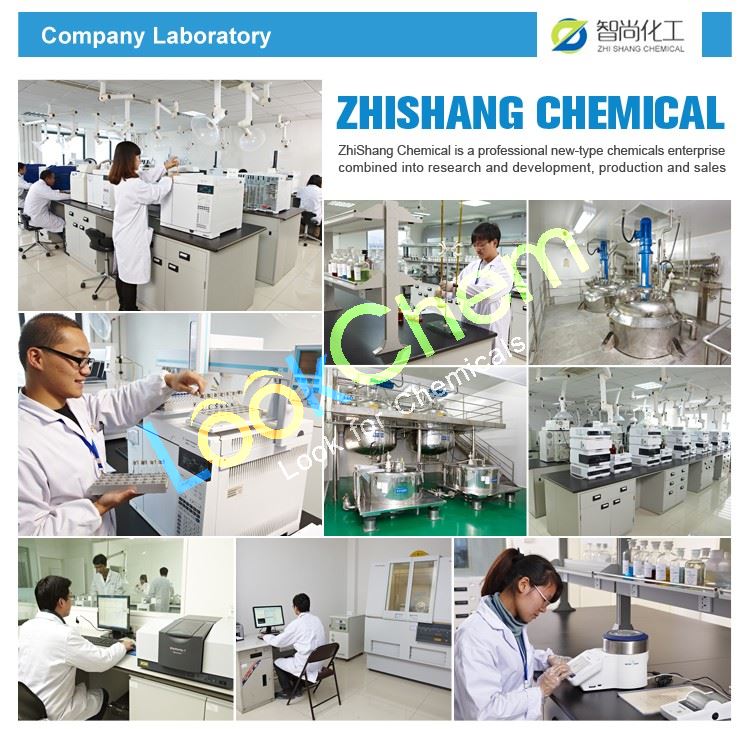
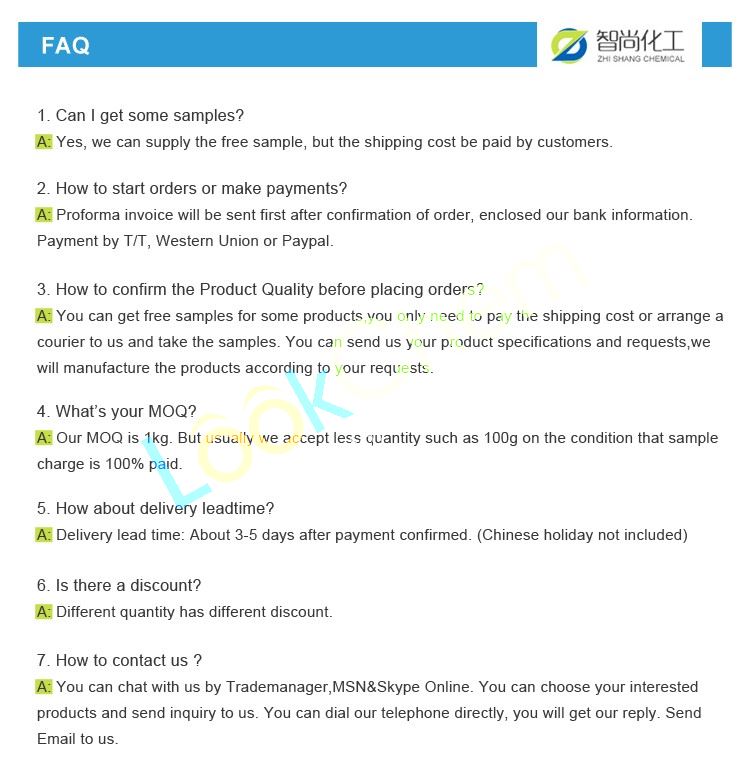

You Might Also Like
-
Naproxen sodium CAS 26159-34-2
CAS NO:26159-34-2
-
Sodium new houttuyfonate CAS 1847-58-1
CAS NO:1847-58-1
-
Factory supplying and most popular products with Lauric acid CAS 143-07-7
CAS NO:143-07-7
-
1-Benzyl-2-methyl-1H-imidazole CAS 13750-62-4
CAS NO:13750-62-4
-
Orphenadrine citrate CAS 4682-36-4
CAS NO:4682-36-4
-
4-Acetamidophenol CAS 103-90-2
CAS NO:103-90-2
Related Searches
About|Contact|Cas|Product Name|Molecular|Country|Encyclopedia
Message|New Cas|MSDS|Service|Advertisement|CAS DataBase|Article Data|Manufacturers | Chemical Catalog
©2008 LookChem.com,License: ICP
NO.:Zhejiang16009103
complaints:service@lookchem.com Desktop View